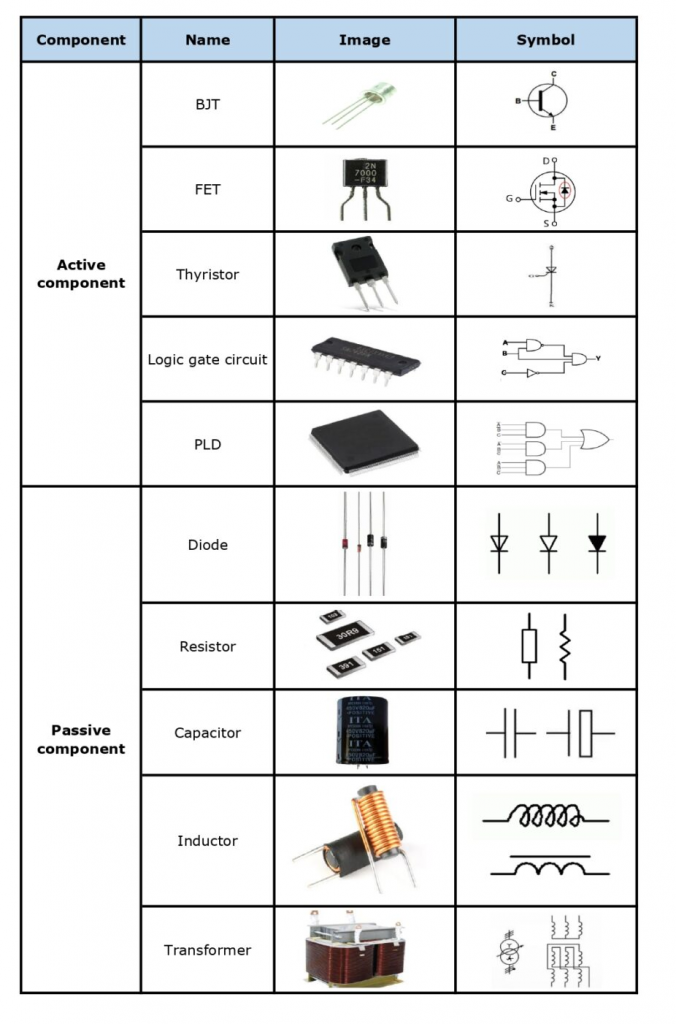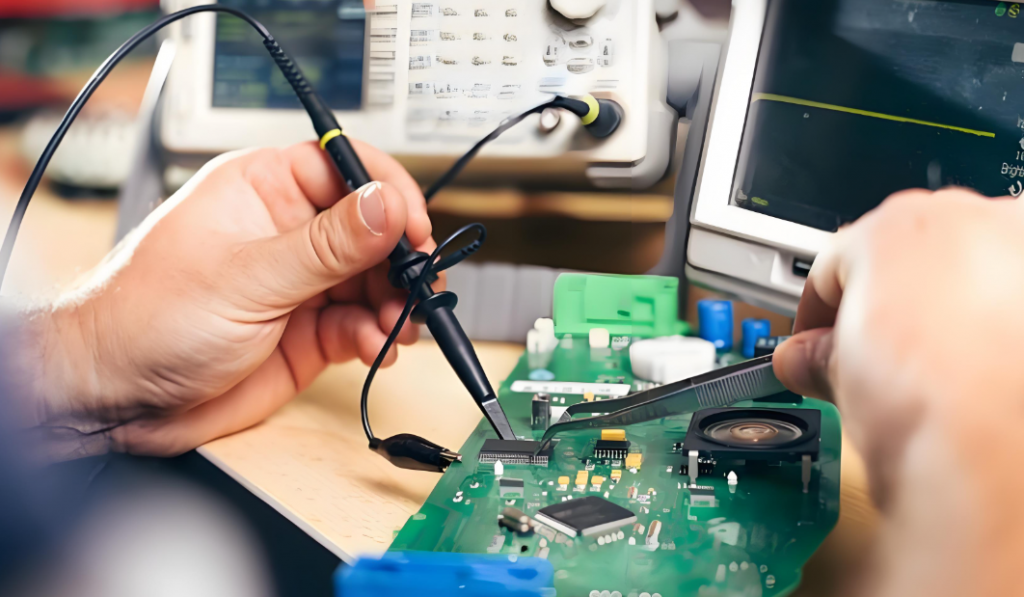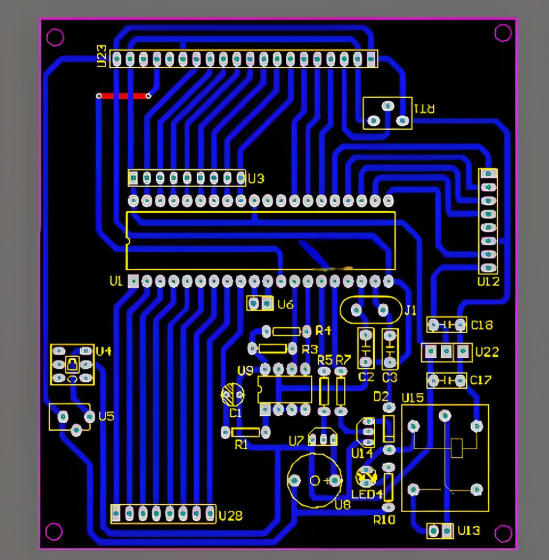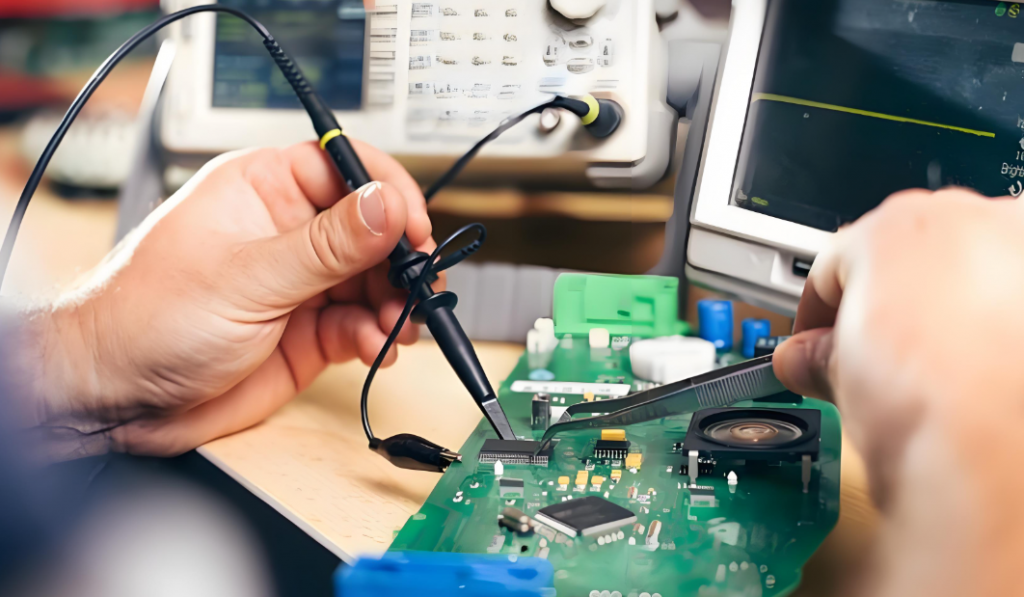Electron devices and circuits are modern electronic foundations. From smartphones and computers to medical scanners and satellite systems, these components are quietly managing electricity behind the scenes. This blog explores how it works, what types are there, and how they give power to the electronic world around us.
What is an electron device?
Electron devices are components that control, modify, or strengthen electrical signals. This device depends on the movement of electrons to function and be used in countless applications, from simple toys to complex industrial machines. Their task is to manage electrical energy in a way that produces useful outputs’ such as turning on lights, processing data, or strengthening sound.
In essence, electron devices convert electrical energy into another form or modify electrical signals to perform certain functions. Without them, modern electronic systems will not occur.
Type of electronic device
Each electronic component has specific properties that determine how to behave in a circuit. The choice of components depends on the purpose of the designer and the function of the circuit intended to be done. The picture below highlights the general electronic components used in various types of circuits. To better understand their role, components are generally classified into two categories: active components and passive components.
1. Active device
The active device can control current flow and even strengthen weak electrical signals. This device requires external resources to operate. Some general active devices include:
- Transistor: used in amplifiers and switches.
- Diode: Let the current flow in one direction.
- Integrated Circuit (ICS): A small package that contains complex electronic functions.
The active device is the center of any system that processes the signal, calculates information, or increases communication signals.
2. Passive device
Passive devices do not produce energy. Instead, they store, disappear, or transfer them. Common examples include:
- Resistor: Limit current flow.
- Capacitors: Save and remove electrical energy.
- Inductor: Resistant sudden current changes.

These components support the work of active devices and help shape how signals behave in the circuit.
What are 5 basic electronic devices?
The five basic devices that you find in almost every circuit are:
The resistor manages the current flowing through various parts of the circuit. They help divide the voltage, control the signal level, and protect the components from excessive currents.
The capacitor stores temporary electric charge. They are used in filtering noise, smoothing the output of the power supply, and creating a time delay.
The inductor stores energy in a magnetic field when the current flows through them. They are commonly used in filters, power supplies, and transformers.
The diode allows the current to flow in just one direction. They are very important in improving power, signal demodulation, and voltage regulation.
Transistors act as a switch or amplifier. They control the flow of currents and are very fundamental for logic circuits and digital electronics.
How does an electronic device work?
Each electronic device has a specific function based on its physical and electric characteristics:
- The resistor slows down the current.
- Capacitors store energy in the electric field.
- Inductor builds a magnetic field.
- Diode control direction.
- The transistor regulates and strengthens the signal.
Together, this device forms how electricity behaves in the circuit. When connected in certain settings, they form circuits that are able to perform tasks such as strengthening sounds, storing digital information, or controlling motorbikes.

What is an electronic circuit?
Electronic circuit is a connected component system that guides electric current to do certain work. This circuit can be as simple as LED battery lighting or a logical board on the computer.
The circuit makes electronic devices work by controlling where and how electricity flows. Each component in the circuit has a role € ”Some storage energy, others form signals, and some respond to external inputs such as light or sound.
Type of electronic circuit
Electronic circuits come in several main types, depending on how they handle signals:
Analog circuit works with continuous signals. They are used in audio systems, radio recipients, and temperature sensors. They process real world inputs such as sound or light.
Digital circuits work with binary signals (0S and 1S). They form the backbone of computers, smartphones, and digital watches. Logic gates and microcontroller are the main components.
It combines analog and digital elements. Examples include digital audio converters, embedded controller, and power management circuits.

Main components in electronic circuits
The circuit that functions depends on the combination of components, each with a different role:
- Power supply: Provides the voltage and current needed.
- Resistor: Manage current flow and protect sensitive parts.
- Capacitors & inductor: Filter shape or signal and time management.
- Diode & Transistor: Control signal direction, switching, and amplification.
- Integrated Circuit (ICS): Combine several components in a small package for complex functions.
- Switch, connector & PCB: Physical support and routes today throughout the system.
All of these sections are set on the printed circuit board (PCB), which provides mechanical structures and electricity connections.

How to design an electronic circuit?
Designing the circuit begins with a clear purpose. After the goal is defined, follow these steps:
- Outline of your needs: What do you want the circuit to do?
- Create a scheme: Use circuit design software to build layout using symbols for each component.
- Choose components: Select the value for resistors, capacitors, etc., based on your needs.
- Circuit simulation: Check how behavior uses tools such as Ltspice or Proteus.
- Build Prototype: Use a board where to cut bread or PCB to assemble and test your design.
- Test & Debug: Measure the voltage and current to confirm the function as expected.
- Last layout: After being tested, you can design a PCB for the final version.
Even simple circuits require careful planning, because the wrong cable or value choice can cause failure or inefficiency.
General measurement device for electronic circuits
To check and solve problems, engineers use various tools:
- Multimeter: measuring voltage, current, and resistance. Important for almost all tests.
- Oscilloscope: Displays how the signal changes from time to timeâ € “is useful for analyzing the waveform.
- LCR meter: inductance measurement (L), capacitance (C), and resistance (R).
- Logic Analyzer: Helps in Men -Digital Signal Leaders and Time Problems.
This device ensures that the circuit is performing well in different conditions.
Device applications and electron circuits
Electron power devices and circuits are almost all the technology we use today. Here are some of the main applications:
- Consumer Electronics: television, telephone, game console, and household appliances all depend on sophisticated circuits.
- Automotive system: used in engine control units (ECU), ABS brakes, GPS modules, and more.
- Medical device: Circuit manages everything from heart monitor to imaging system.
- Telecommunications: Signal amplifiers, routers, and network devices depend on electronic components.
- Industrial equipment: used in automation, robotics, and machine control systems.
- Defense & Aerospace: critical radar system, flight control computer, and satellite communication.
No matter the industry, the role of electron devices and circuits is very important in innovation, performance and security. Whether you are a student, hobbyist, or professional, understand how the function of the circuit and how interacting devices are very important for designing or repairing electronic equipment.
For those who want to build a reliable circuit board or need help to turn on their electronic design, partnering with expert producers is the key.
Why choose the best technology for electronic circuit projects?
The best technology is a trusted PCB manufacturer who specializes in the prototype and volume production. With ISO certification, our team ensures your circuit meets international standards. Whether you need a rigid PCB, flexible circuit, or mixture signal assembly, we help turn your ideas into high quality products’ on time and according to the budget. By choosing the best technology, you can enjoy:
1. Quick turnaround from prototype to mass production
We help you move quickly from design to the final product. Whether it’s the prototype that is run first or full production batch, we adapt to your schedule and keep your project on the track.
2. Direct Technical Support
Our experienced engineers work with you in the selection of components, pile optimization, and layout suggestions – help you avoid design weaknesses before production begins.
3. High customization, there is no fear of complexity
Need a non-standard pile, hybrid material, or bent structure? We handle complex buildings with confidence and adjust every detail to suit your design requirements.
4. Clear quote and timely delivery
Our prices are transparent, and our schedule is realistic. The special project coordinator provides routine updates, so you never guess.
5. Quality is a daily practice, not just a promise
We not only check some boards € ”We test each unit. From the probe test fly to X-Ray and AOI, our quality process ensures that each board is reliable.
FAQ
1. What is the difference between electronic devices and electricity?
Electronic devices use electron flow to process signals, while electrical devices usually handle power distribution and energy conversion.
2. Can I build an electronic circuit without a PCB?
Yes, the prototype is often built on a bread or perfoard board, but PCB is used for stability and durability in the final product.
3. What software is the best for the circuit design?
Popular tools include kicad, eagle, altium designer, and proteus for simulations and layout.
4. What is the most common cause of circuit failure?
Component values that are too hot, poor solder, wrong component values, or voltage surges are the cause of general failure.
5. How do you start learning electronics as a beginner?
Start with the basic component, build a simple circuit using a board of bread, and gradually move to a microcontroller project using a kit like Arduino or Raspberry Pi.
Tags: Electron devices and circuits
This entry was posted on Friday, June 27, 2025 at 18:14 and submitted under the best PCB, BestTPCB, FAQ, PCB News. You can follow any response to this entry through RSS 2.0 bait. You can leave a response, or trackback from your own site.
Game Center
Game News
Review Film
Berita Olahraga
Lowongan Kerja
Berita Terkini
Berita Terbaru
Berita Teknologi
Seputar Teknologi
Berita Politik
Resep Masakan
Pendidikan
Berita Terkini
Berita Terkini
Berita Terkini
review anime
Gaming Center
Originally posted 2025-06-28 12:38:30.